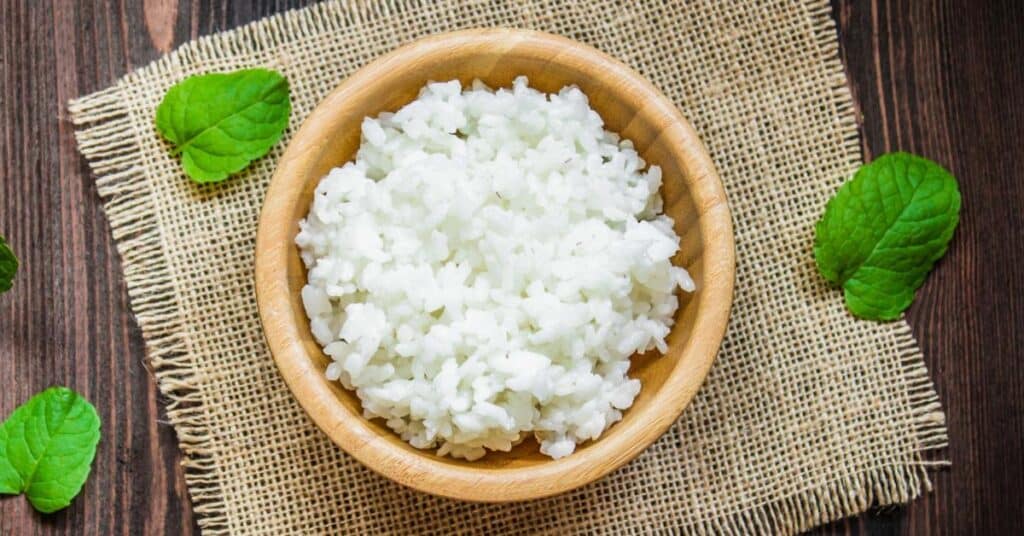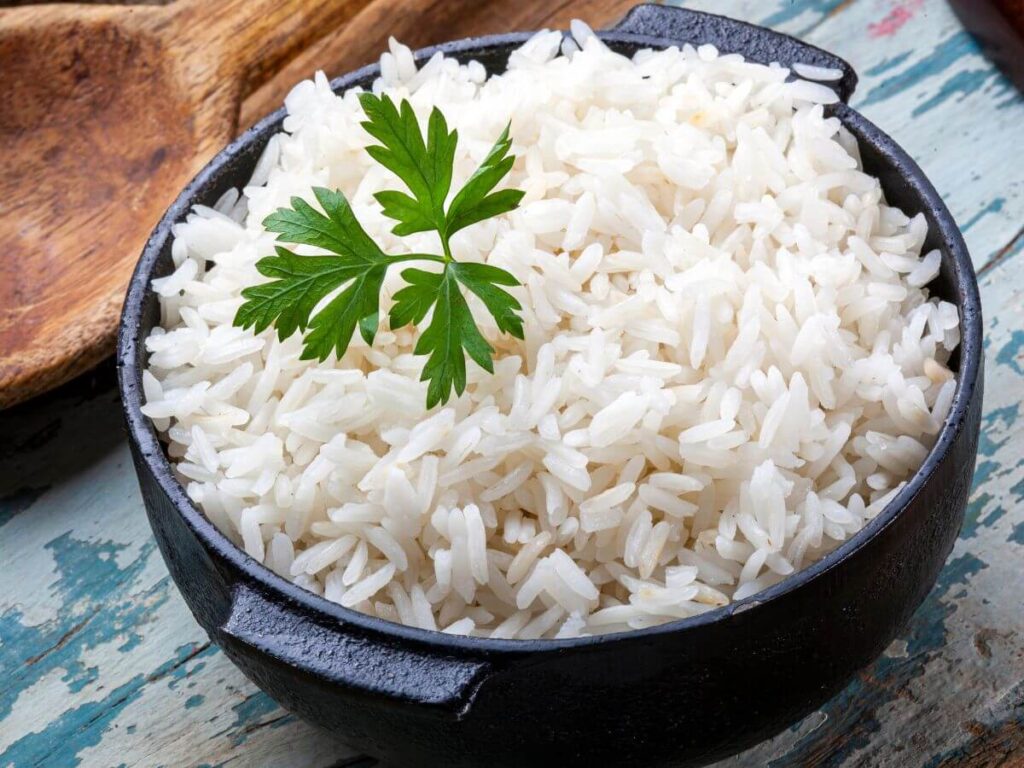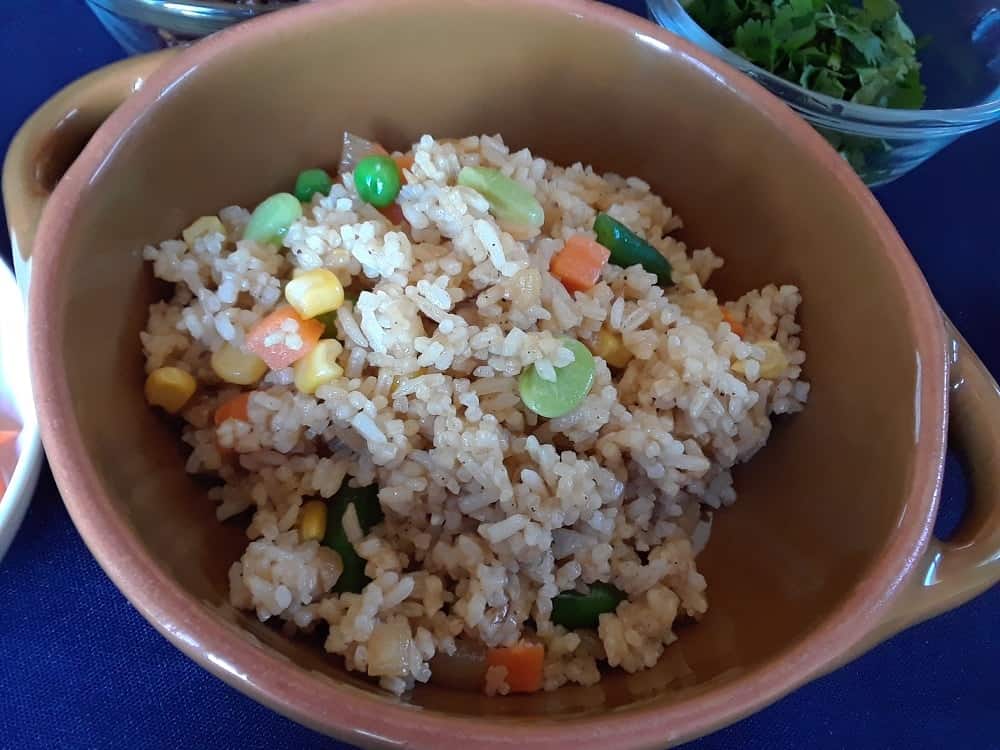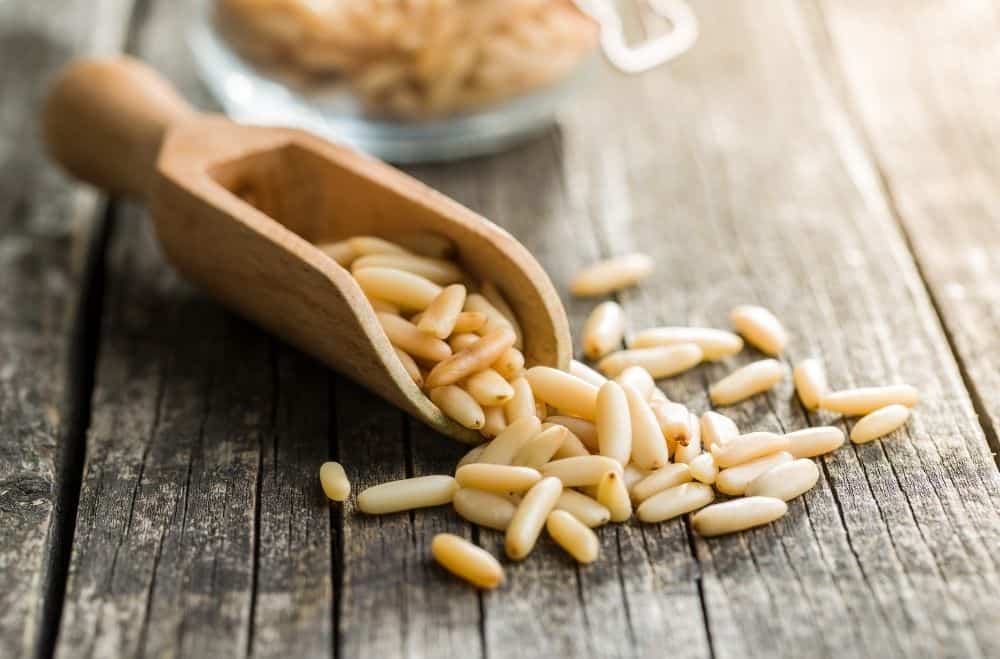
Boil-in-bag rice is a convenient and time-saving option for those busy weekdays when you’re craving a warm and satisfying meal. While the classic method of boiling the bag of rice in water certainly gets the job done, there are ways to elevate the taste and texture of your rice to make it more enjoyable. Keep reading to learn some simple yet effective tips that will transform your rice from plain and somewhat bland to a delightful side dish or base for other recipes.
How to Make Boil-in-Bag Rice Better
What Is Boil-In-Bag Rice?
Boil-in-bag rice is a convenient way to prepare rice without having to measure or worry about it getting sticky. The rice comes in a heat-resistant, BPA-free plastic bag that can be boiled directly in a pot of water. The bag has tiny holes that allow water and steam to enter, ensuring even cooking and preventing clumping. You simply boil the bag for the recommended time, drain it, and then the rice is ready to serve.
Why Use Boil-In-Bag Rice?
The main reasons to use boil-in-bag rice include its ease of use and convenience. Also, no need to worry about cleaning a pan since it cooks directly in the bag. Boil-in-bag rice can be a major time-saver, especially on busy weeknights.
Another benefit is its foolproof nature, ensuring that the rice comes out perfectly cooked each time. Unlike with traditional rice, you won’t risk undercooking, overcooking, or producing sticky rice.
How to Cook Boil-in-Bag Rice
- First, you need to choose the right type of rice for your dish. Jasmine, Basmati, and long-grain white rice are common choices for boil-in-bag cooking.
- Before you start, make sure to check the cooking instructions on the packaging, as the recommended cooking time may vary depending on the rice type and brand. Generally, boil-in-bag rice takes about 8-12 minutes to cook.
- Use an appropriate pot or deep saucepan with a lid, as rice expands while cooking, and you’ll need enough water to cover the rice bag fully. Fill it with water, considering the rice-to-water ratio mentioned on the package, usually 2 cups of water for every bag of rice.
- To elevate the flavor, add a pinch of salt and a splash of oil or a small knob of butter to the water, along with any additional herbs and spices that complement your dish. For example, try adding a teaspoon of garlic powder or a bay leaf for extra depth of flavor.
- When the water comes to a rolling boil, gently submerge the rice bag using a slotted spoon or tongs.
- Set a timer according to the package instructions, and maintain a gentle boil throughout the cooking process. Avoid lifting the lid too often, as it allows steam to escape and can lead to uneven cooking.
- Once the rice is cooked, drain the water and let the bag rest for a minute, allowing the excess steam to escape and avoiding overcooked, mushy rice. Carefully remove the rice bag from the pot using tongs or a slotted spoon, and use scissors to cut it open.
Seasoning Secrets
Choose the Right Spices
When selecting spices for your boil-in-bag rice, consider the flavors that will complement your dish. Try experimenting with different spice combinations, such as:
- Cumin and turmeric for a Middle Eastern flair
- Cinnamon, ginger, and cardamom for a touch of warmth
- Paprika, cayenne, and garlic powder for a bit of heat
Remember, a little goes a long way. Use smaller quantities and adjust to taste.
Add Aromatic Herbs

A well-chosen mix of herbs can elevate your rice to new levels. Some options to consider include:
- Fresh cilantro or parsley for a bright and fresh finish
- Basil and oregano for a hint of Mediterranean flair
- Rosemary and thyme for a comforting, earthy flavor
Chop the herbs finely and add them towards the end of the cooking process to preserve their delicate flavors.
Add a Bit of Butter or Oil
Adding a bit of fat to your boil-in-bag rice can enhance its texture and taste. Here are some suggestions:
- Use butter to add a rich and creamy note to your rice.
- Opt for a high-quality olive oil for a light and fruity touch.
- Choose a coconut oil or ghee if you prefer.
Stir in your preferred fat right after the rice has cooked while it’s still hot.
Enhance the Flavor with Broth
To level up your boil-in-bag rice, use chicken, vegetable, or beef broths instead of plain water. For a more complex flavor, consider adding a bit of miso paste.
Another way to boost the flavor of your rice is by adding seasonings directly to the broth, including:
- Garlic powder
- Onion powder
- Dried oregano
- Dried basil
- Dried parsley
- Chili flakes
Remember to taste the broth before adding the rice, ensuring the seasoning level is to your liking.
Water-to-Rice Ratio
When it comes to making boil-in-bag rice, one key factor determines the quality of your finished product. Too much water and your rice will become mushy, while too little water can lead to hard, undercooked grains. In general, you should use a 2:1 ratio for boil-in-bag rice. This means for every cup of rice, use two cups of water.
To ensure you have the right amount of water, try these handy tips:
- Measure: Always accurately measure your rice and water using a measuring cup.
- Rinse: Rinsing your rice removes any excess starch, which can cause the rice to become sticky and clumpy.
So, the next time you’re making boil-in-bag rice, remember that the key to fluffy, delicious rice is in the right water-to-rice ratio. Stick to the guidelines and tips for a perfect dish every time.
Tasty with Mix-ins

Add Vegetables
Adding vegetables to your rice dish is an easy way to boost its nutritional value and flavor. You can use fresh, frozen, or even canned vegetables according to your preference. Here are some ideas for vegetables you can mix in:
- Bell peppers: Chop them into small pieces and add them to the boiling water about 5 minutes before the rice is done.
- Frozen peas: Add these directly into the bag or pot, and they will cook in the residual heat.
- Spinach: Sauté spinach with a little garlic and then mix it into the cooked rice.
Add Some Protein
Protein-rich ingredients can make your rice dish more satisfying and fulfilling. Here are some protein options to consider:
- Cubed tofu: Sauté in a pan with a little soy sauce before adding it to the cooked rice for a tasty, protein-packed meal.
- Shredded chicken: Prepare some cooked chicken ahead of time by baking, boiling, or using a rotisserie chicken. Simply mix the shredded chicken into your rice.
- Eggs: Cook scrambled eggs and mix them into the rice for a simple and protein-rich addition.
Get Saucey
Sauces can enhance the overall flavor and bring your rice dish to a new level. Here are some sauce ideas to consider:
- Soy sauce: Add a few drops to your cooked rice for a richer, saltier taste.
- Sesame oil: Drizzle a small amount over your cooked rice for a delicious, nutty flavor.
- Thai peanut sauce: Mix in store-bought or homemade Thai peanut sauce for a creamy and flavorful addition.
Don’t Forget to Garnish

Adding some colorful and fresh ingredients can not only make your rice look better but also enhance its flavors. Here are some ideas for garnishing your boil-in-bag rice:
- Fresh herbs: Sprinkle freshly chopped herbs like parsley, cilantro, or chives over your rice to add color and a burst of flavor.
- Toasted nuts: Toast almonds, cashews, or pine nuts and sprinkle them on top of your rice to add crunch and a nutty flavor.
- Sliced vegetables: Thinly slice or julienne vegetables, such as bell peppers, carrots, or cucumbers, and arrange them around your rice for a pop of color and a refreshing crunch.
- Seeds: Add a sprinkle of sesame seeds, chia seeds, or flax seeds to your rice for added texture and visual interest.
FAQs
What are some good ways to add flavor to boil-in-bag rice?
Try adding a splash of chicken or vegetable broth in place of water. You can also add a bay leaf or a cinnamon stick to the boiling pot. To infuse more flavor, toss in some chopped vegetables, herbs, or a few slices of garlic and ginger.
How can I make sure my boil-in-bag rice is properly cooked?
To ensure your boil-in-bag rice is cooked properly, follow the package instructions closely. Place the bag in boiling water and let it cook for the recommended time. Make sure the water remains at a steady boil to avoid undercooking. Gently shake the bag to separate the grains and prevent clumping. Check for tenderness before removing from heat. If you find the rice still firm, cook it a bit longer until it reaches your desired texture.
Any tips on cooking boil-in-bag rice on the stove or in the microwave?
For stovetop cooking, use a pot that’s large enough to accommodate the rice bag and ensure it’s completely submerged. Keep the water at a gentle boil and monitor the heat to avoid overcooking.
For microwave cooking, place the rice bag in a microwave-safe bowl filled with water. Make sure the bag is submerged and follow the package instructions for cooking time. Keep an eye on the rice, as microwave power levels may vary. When finished, carefully remove the bag with tongs to avoid burns.
Why does my boil-in-bag rice sometimes turn out hard?
If your boil-in-bag rice turns out hard, it may be undercooked, or the water temperature is too low. Ensure the rice is fully submerged and the water maintains a steady boil throughout cooking. If the rice is still hard after the recommended cooking time, let it cook for a few more minutes, checking periodically for the desired tenderness. Remember that brown rice usually takes longer to cook than white rice.

